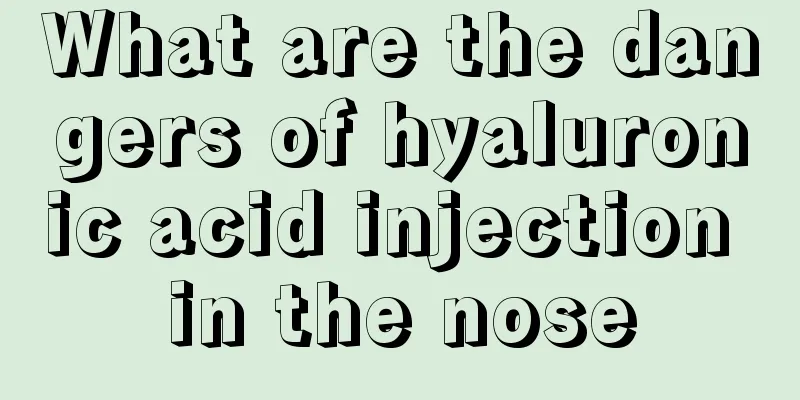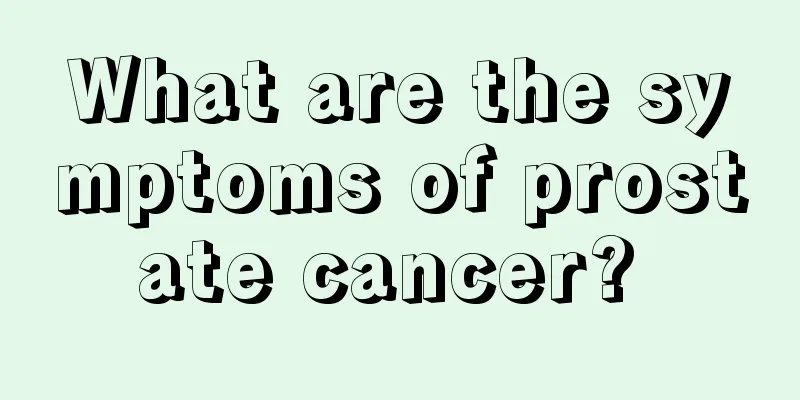The efficacy and function of yellow mustard seeds

|
Yellow mustard can be said to be the seeds of the plant, but when using it, we need to pick it from the plant and then dry it before use. Yellow mustard seeds are not completely yellow. After being dried, they look yellow-brown. In other words, they do not look very delicious and their color does not arouse our appetite. But for traditional Chinese medicine, yellow mustard is indeed a very good medicinal material. So what are the effects and functions of yellow mustard? Yellow mustard seeds are the dried mature seeds of the cruciferous plant mustard, which can be used as medicine. 2. Yellow mustard: The seed shape is similar to that of white mustard but smaller, with a diameter of 1.2 to 1.8 mm. The surface is bright yellow to yellow-brown, and a few are dark red-brown. 1. White mustard: The outermost layer of the seed coat is a row of slightly tangentially elongated epidermal cells, whose outer wall is specialized outward into a mucus layer, and mucus layer patterns can be seen in the cells; the hypodermal cells are 1 to 2 rows of thin-walled cells of approximately equal size; the palisade cells are a row of thick-walled cells, whose inner walls and the base 1/2 of the side walls are thickened, and the outer wall is thin, about 10μm wide; close to the palisade cell layer is the pigment layer. 2. Yellow mustard: The main difference from white mustard is that the hypodermal cells are nearly crescent-shaped; the palisade cells are wider, nearly square, and about 20μm wide. Mustard is a commonly used Chinese medicinal material. It is warm in nature and spicy in taste. It has the effects of moistening the lungs and resolving phlegm, reducing swelling and relieving pain. However, there are yellow mustard seeds and white mustard seeds in medicines. The main differences are as follows. Mustard seed is a commonly used Chinese medicinal material with warm nature and spicy taste. It has the effects of moistening the lungs and resolving phlegm, reducing swelling and relieving pain, warming the middle and dispersing cold, promoting diuresis and removing blood stasis, unblocking meridians, and reducing swelling and toxins. It is mainly used to treat stomach cold vomiting, heart and abdominal pain, lung cold cough, arthritis, throat paralysis, sputum, and bruises. Trait identification 1. White mustard seeds: The seeds are nearly spherical, with a diameter of 2 to 2.5 mm. The surface is light yellow and smooth. When observed under a magnifying glass, fine reticular patterns can be seen. There is a round light brown hilum at one end. After removing the seed coat, two thick cotyledons can be seen, which are oily and folded longitudinally with the radicle hidden in between. Slight smell, spicy taste. (Photo right) The best ones are those that are large, full, yellow-white and pure. 2. Yellow mustard: The seed shape is similar to that of white mustard but smaller, with a diameter of 1.2 to 1.8 mm. The surface is bright yellow to yellow-brown, and a few are dark red-brown. It has a faint smell and a very spicy taste. (Photo left) The best ones are those with full, uniform, bright yellow grains and no impurities. Microscopic identification 1. White mustard: The outermost layer of the seed coat is a row of slightly tangentially elongated epidermal cells, whose outer wall is specialized outward into a mucus layer, and mucus layer patterns can be seen in the cells; the hypodermal cells are 1 to 2 rows of thin-walled cells of approximately equal size; the palisade cells are a row of thick-walled cells, whose inner walls and the base 1/2 of the side walls are thickened, and the outer wall is thin, about 10μm wide; close to the palisade cell layer is the pigment layer. The endosperm is a row of square or rectangular cells containing starch grains, with a layer of decadent cells underneath. Both the cotyledon and radicle cells contain fuzzy powder particles and oil droplets. |
<<: Professional treatment for back and leg pain is effective
>>: What anti-inflammatory medicine should I take when my feet are rubbed and pus is coming out
Recommend
What is the technique for massaging the cervical spine?
I believe that many friends have experienced cerv...
What is the situation with the white yolk of the egg
Normally, the yolk of an egg is yellow, but for s...
Cleft palate repair
We often see many babies with cleft lip and palat...
What is the cause of submandibular lymphadenopathy?
Swollen and tender submandibular lymph nodes main...
What are the different types of street dance
Street dance is a type of dance that originated f...
Is dyed agate harmful to the body?
Agate is a jewelry that many women like. In addit...
What are the traditional Chinese medicines for treating ovarian cancer? These 4 traditional Chinese medicines can treat ovarian cancer
There are many traditional Chinese medicines for ...
Rough skin on finger joints
Hands are our second face, especially for female ...
Is primary liver cancer contagious? A few points of knowledge about primary liver cancer
Primary liver cancer is not contagious, so during...
Cervical spondylosis causes pain in the back of the head, one movement can help you relieve it!
In daily life, cervical spondylosis is a relative...
What are the hazards of dust to human body
If we want our lungs to be healthy, we must stay ...
What can you eat to effectively prevent hair loss?
Everyone wants to have thick hair, but many peopl...
How to treat ginkgo allergy
Allergic reactions are very common in daily life,...
Can fennel powder and rice vinegar cure body odor? These methods can help you
Body odor is also known as underarm odor. People ...
The dangers of applying skin care products at night
As social and life pressures continue to increase...









